SAFERVETS® POLICIES ARE:
- Easy to follow and simple to read
- Current, correct and up-to-date
- Researched extensively
- Focussed on a single hazard (see list below)
- Set out under the following sections
- What is the hazard?
- What are the potential risks to our health?
- Employer responsibilities
- Safe work procedures (the steps required to stay safe)
- And contain additional information about Personal Protective Equipment (PPE), record keeping, incident reporting and recommended reading material for those that like to know more
SAFERVETS® RESEARCH
SAFERVETS® researches widely (so you don’t have to!) to ensure all our information and advice is up-to-date and correct, using the following sources:
- Australian government safety legislation (WorkSafe, SafeWork)
- Advice from WHO, CDC, NIOSH
- Guidelines provided by professional associations and registration boards
- Vet- industry standards, published research and best practice
- Input from industry experts, such as anaesthetic specialists, radiation scientists, environmental waste scientists and more…
WHAT ARE THE SAFERVETS® TOPICS?

Air Compressors
How to work safely with air compressors which may be present to power dental or surgical equipment, including the key ways to avoid issues and pre-start steps to take to remain safe.
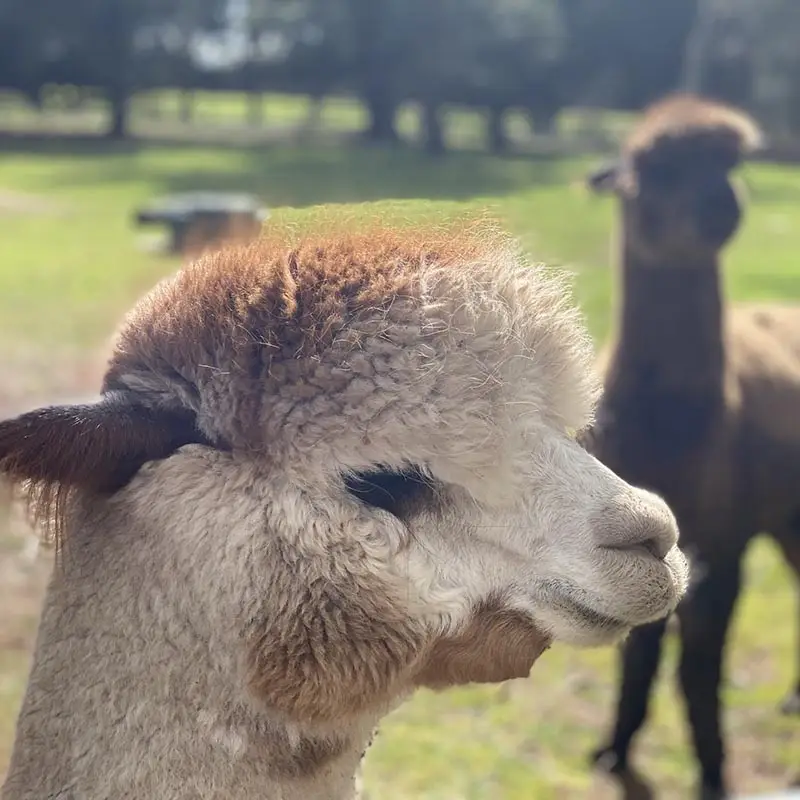
Alpacas
Covers how to interpret alpaca body language which may indicate they are uneasy and therefore less safe to handle, how to handle a single alpaca and other precautions to take to make the experience safer.
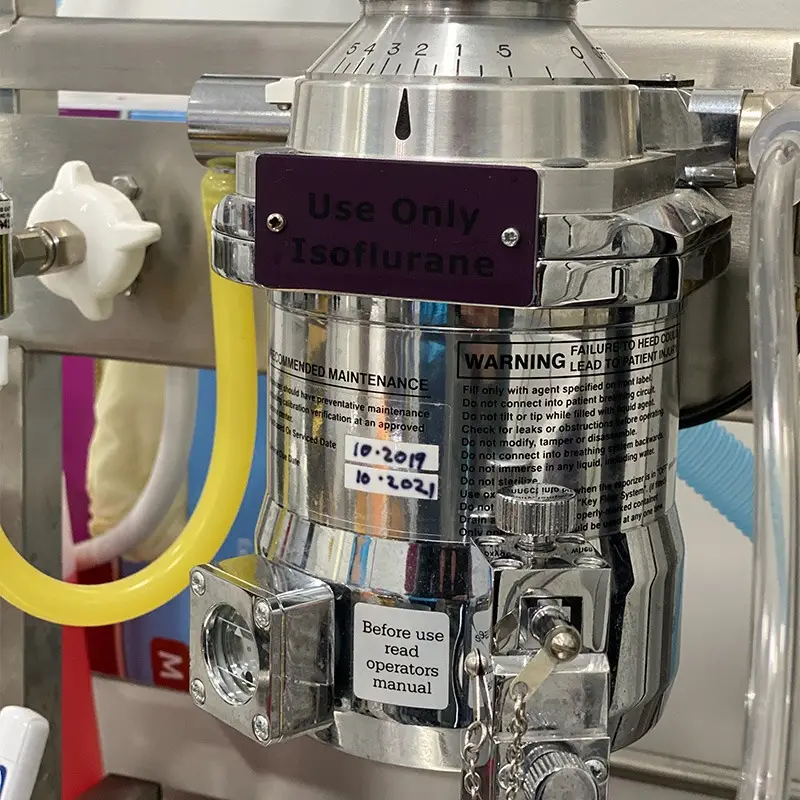
Anaesthetic Gases
How to safely handle and use veterinary anaesthetic gases, how to ensure your animal anaesthetic is the safest it can be for all staff and what to do if there is an anaesthetic gas spill.

Antimicrobial Resistance
Information about this emerging concern for veterinary team members, and how to understand the hazard and how to best keep yourself safe when working in situations where an antimicrobial resistent ‘bug’ may be present. Links to important resources and additional training.
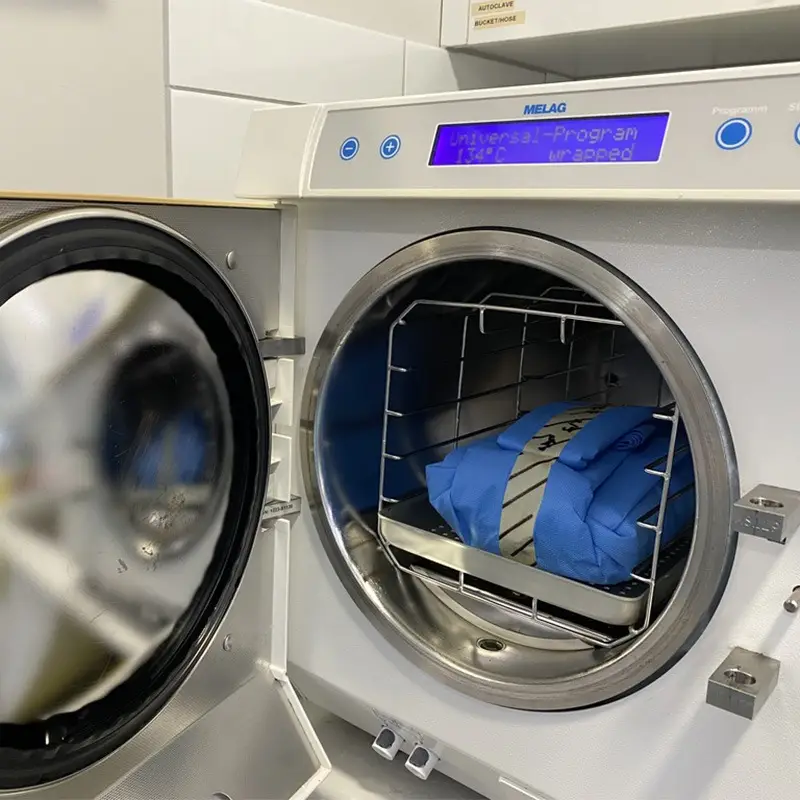
Autoclave
Simple steps to keep safe from steam burns when using the autoclave, how to handle hot items and have the autoclave working safely, what is not safe to put in the autoclave?
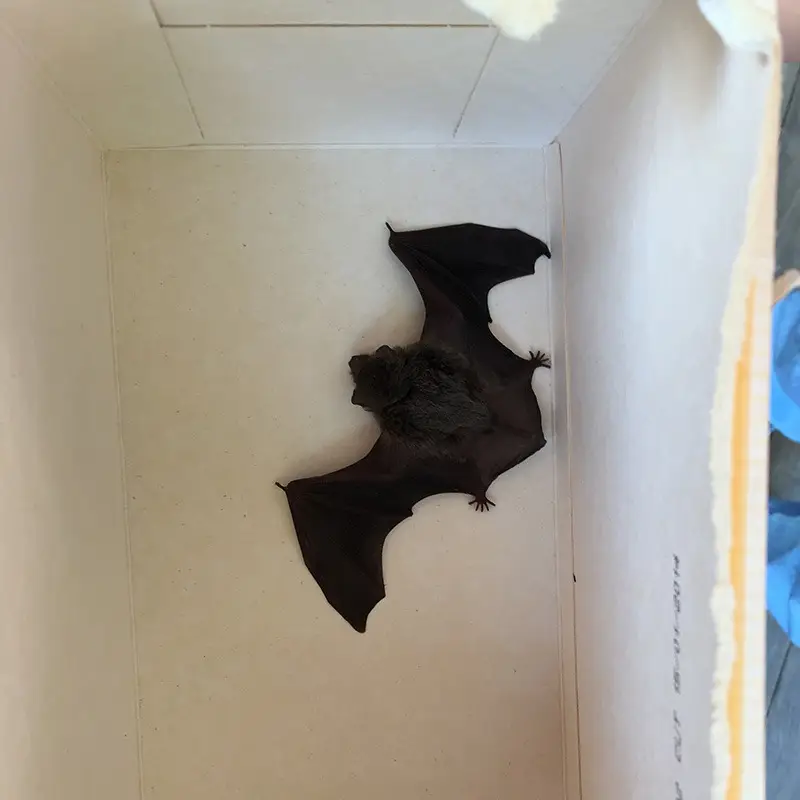
Bats
What’s so important about bats? How can they pose a health and safety risk to us? Can all staff handle them and what does the legislation say?
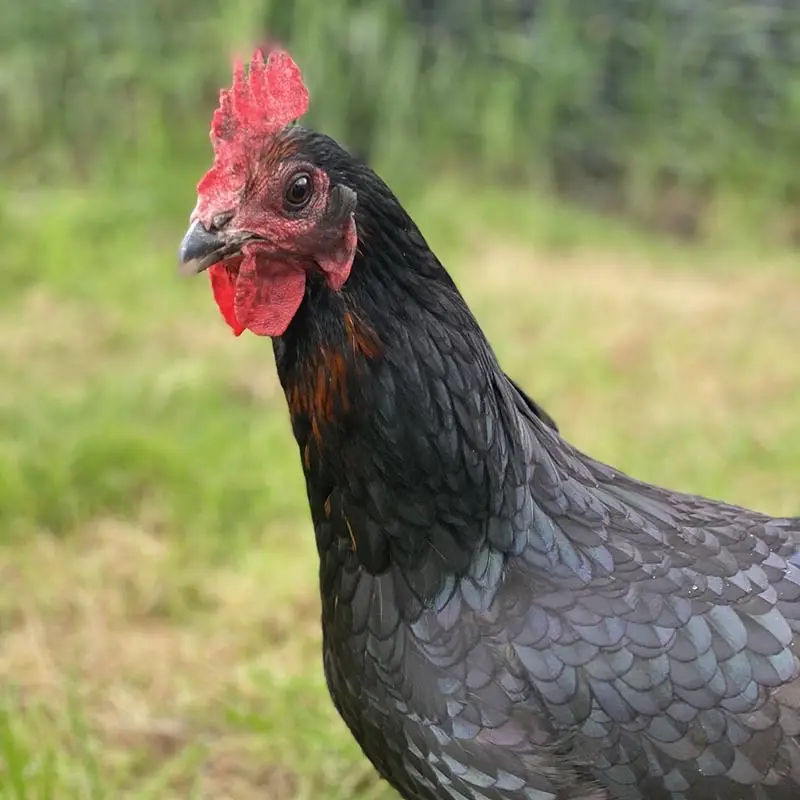
Birds
What are the ways to handle different size and shape birds safely? What are the potential health risks when working with birds? How do we safely look after birds in hospital?
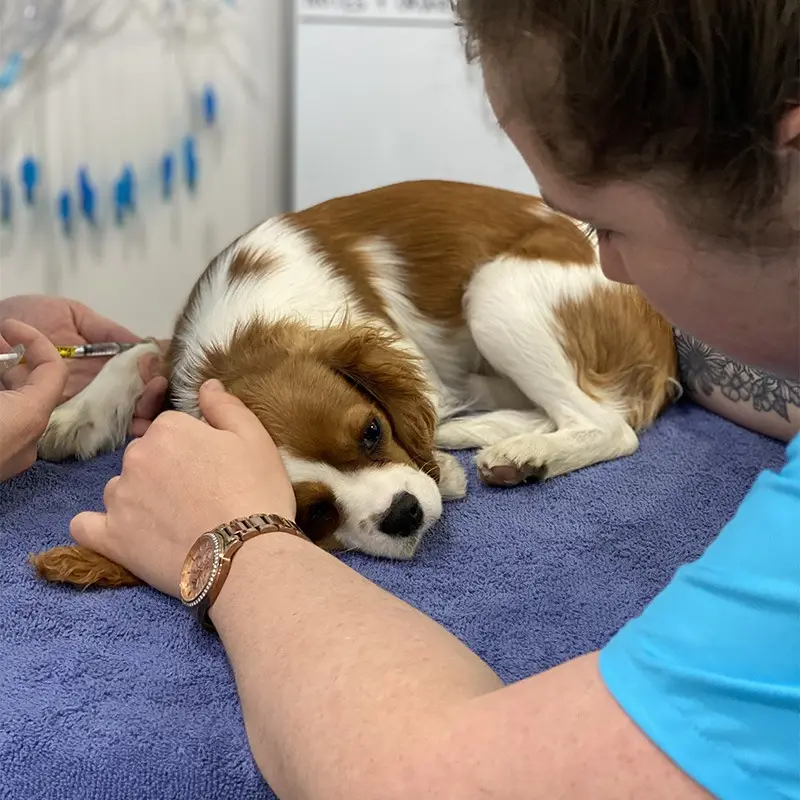
Bullying
What is bullying? Why is bullying a safety issue? When is having a joke with someone not funny? What to do if are worried about bullying
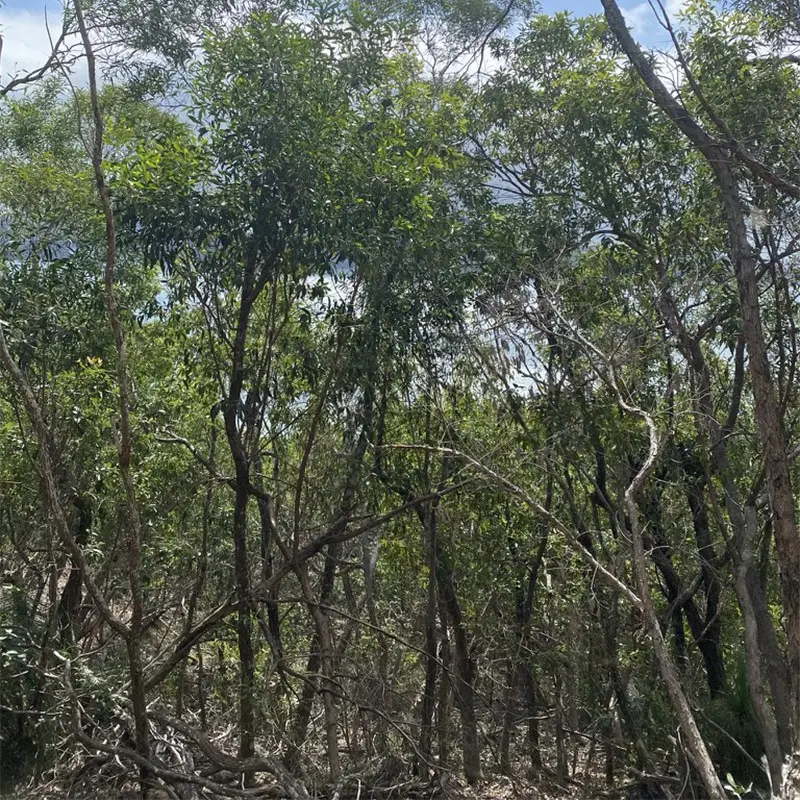
Bushfires
Many clinics in Australia are in bushfire-prone areas- this policy covers how to prepare the clinic, what to do on a high-risk day to keep staff and animals safe and what to do if there is a bushfire near the clinic

Captive Bolt
How to prepare yourself, the equipment and the patient for safe captive bolt use. Whilst not requiring licensing, this equipment has the capability to cause harm and special care steps are covered in this document.
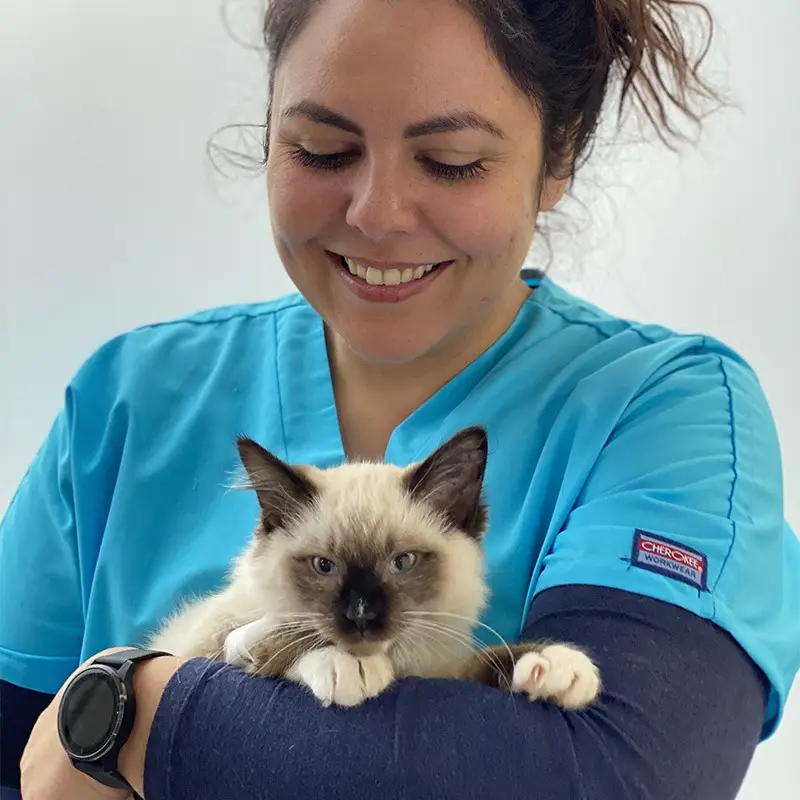
Cats
What is special about cat behaviour and how do they tell us they are not happy? How do we handle them safely and respectfully? What can the owner do to help? What to do in the event of a cat bite (including a handout to take to your treating doctor)
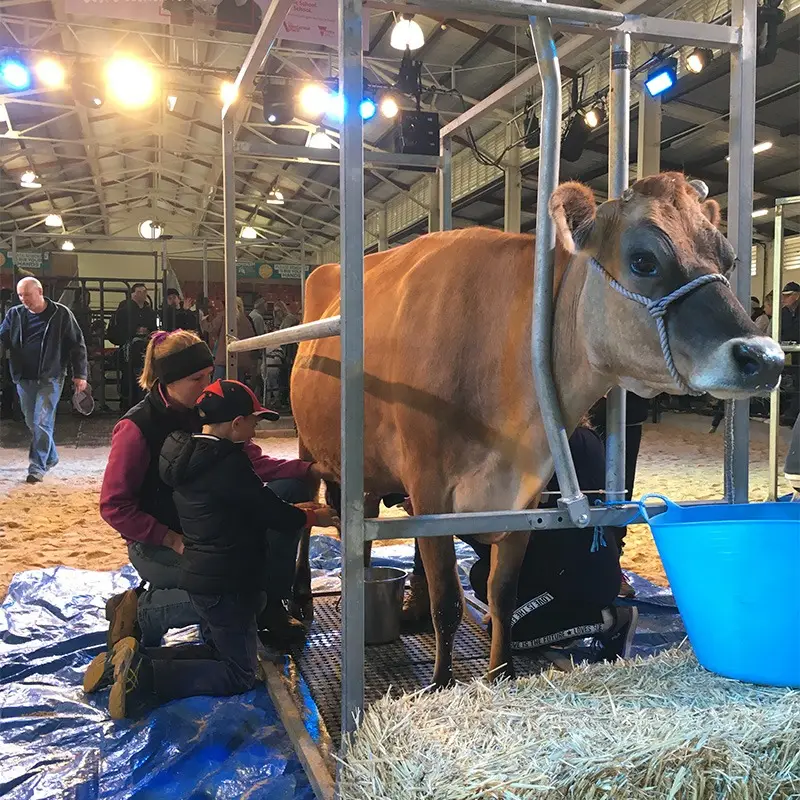
Cattle
How does cattle behaviour inform us on the best ways to handle them safely? What is a flight zone or pressure zone and how can we use this to our advantage? What are the dos and don’ts about working with cattle and remaining safe?

Children
How can children pose a safety risk at the clinic? Can we tell the parents to get them under control? What areas are safe for children to be in and which are a definite no-no? What about children on farms? Or children of staff members?

Clinical Waste
What goes in what bin? What bins do we need? Where do used swabs go? Where do syringes with blood go? What about deceased wildlife?
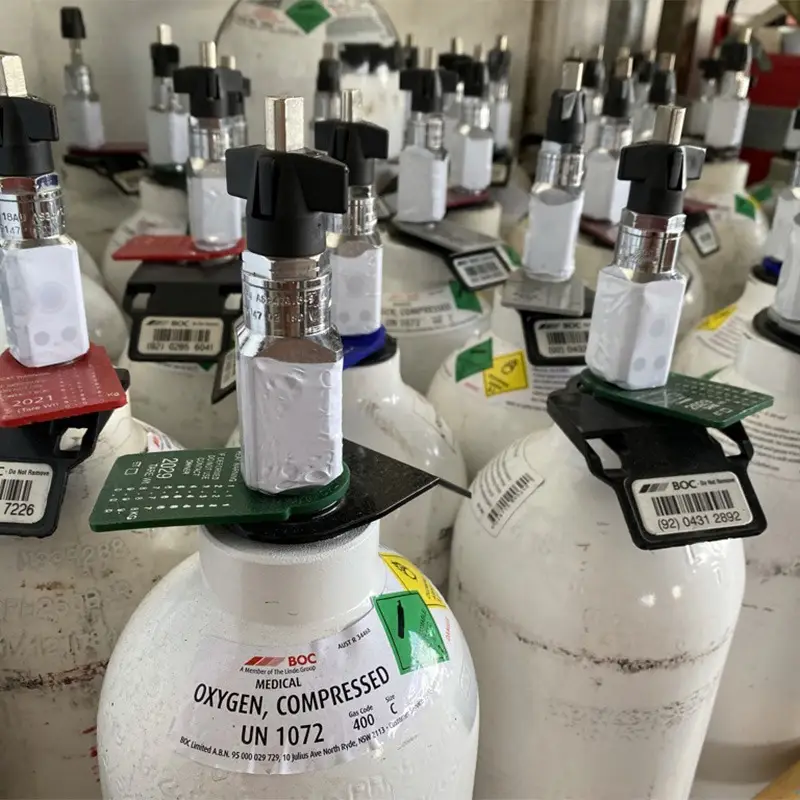
Compressed Gases
What compressed gases do we use, how to handle veterinary compressed gases safely, how to store them safely and prevent an explosion.

Computed Tomography (CT)
What does the Australian Nuclear Protection and Radiation Safety Agency (ARPANSA) say about computed tomography and keeping staff safe? What is important to do and why?